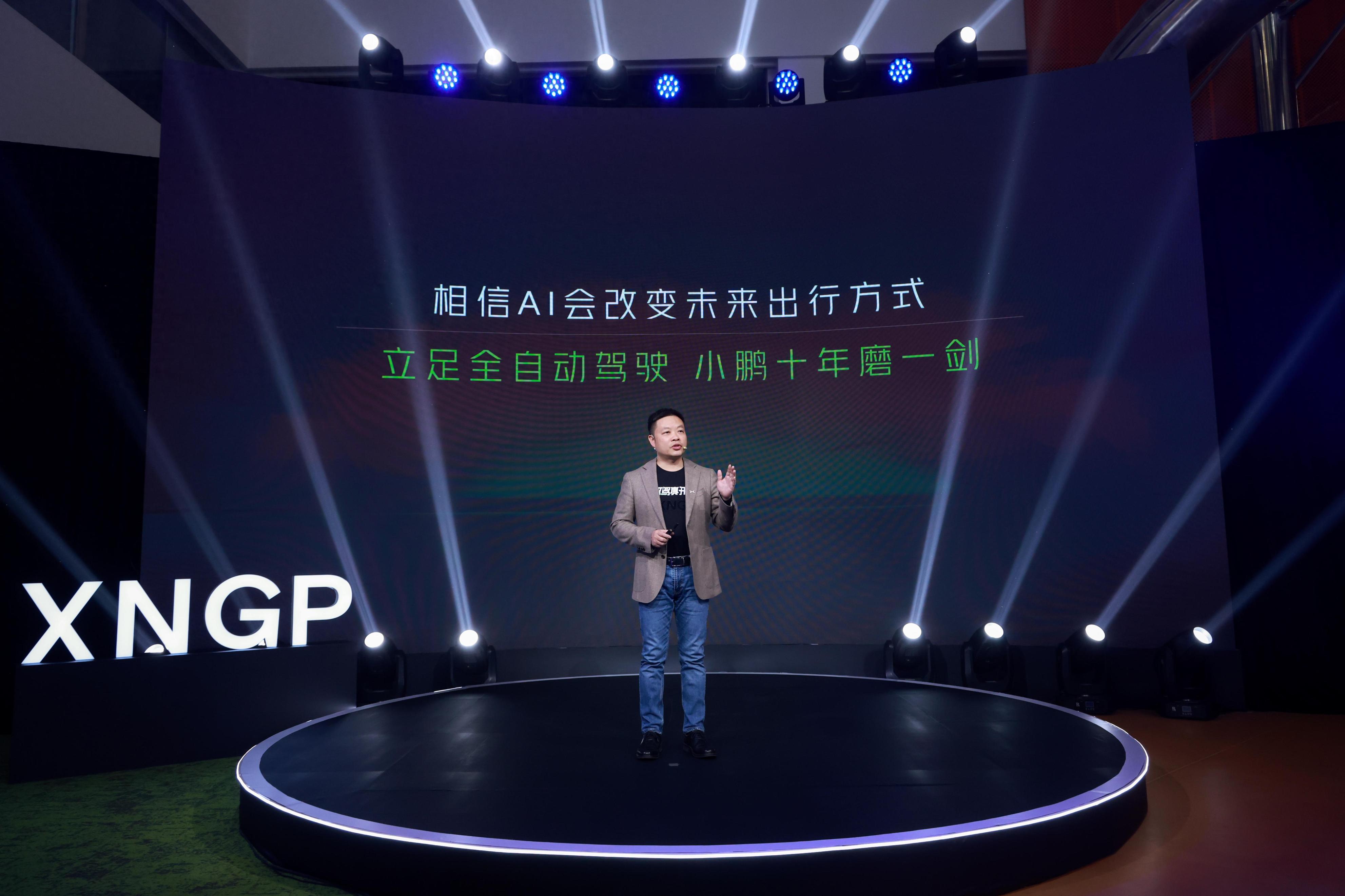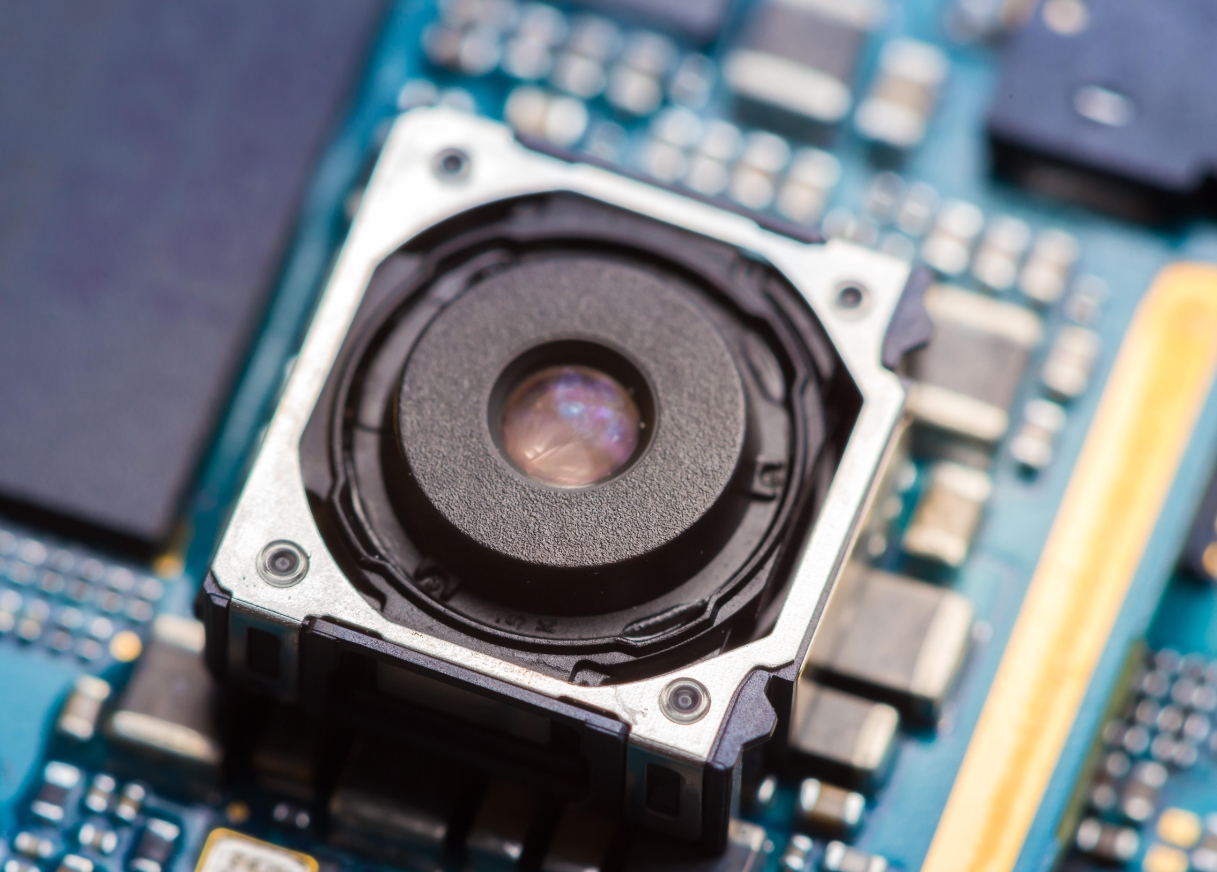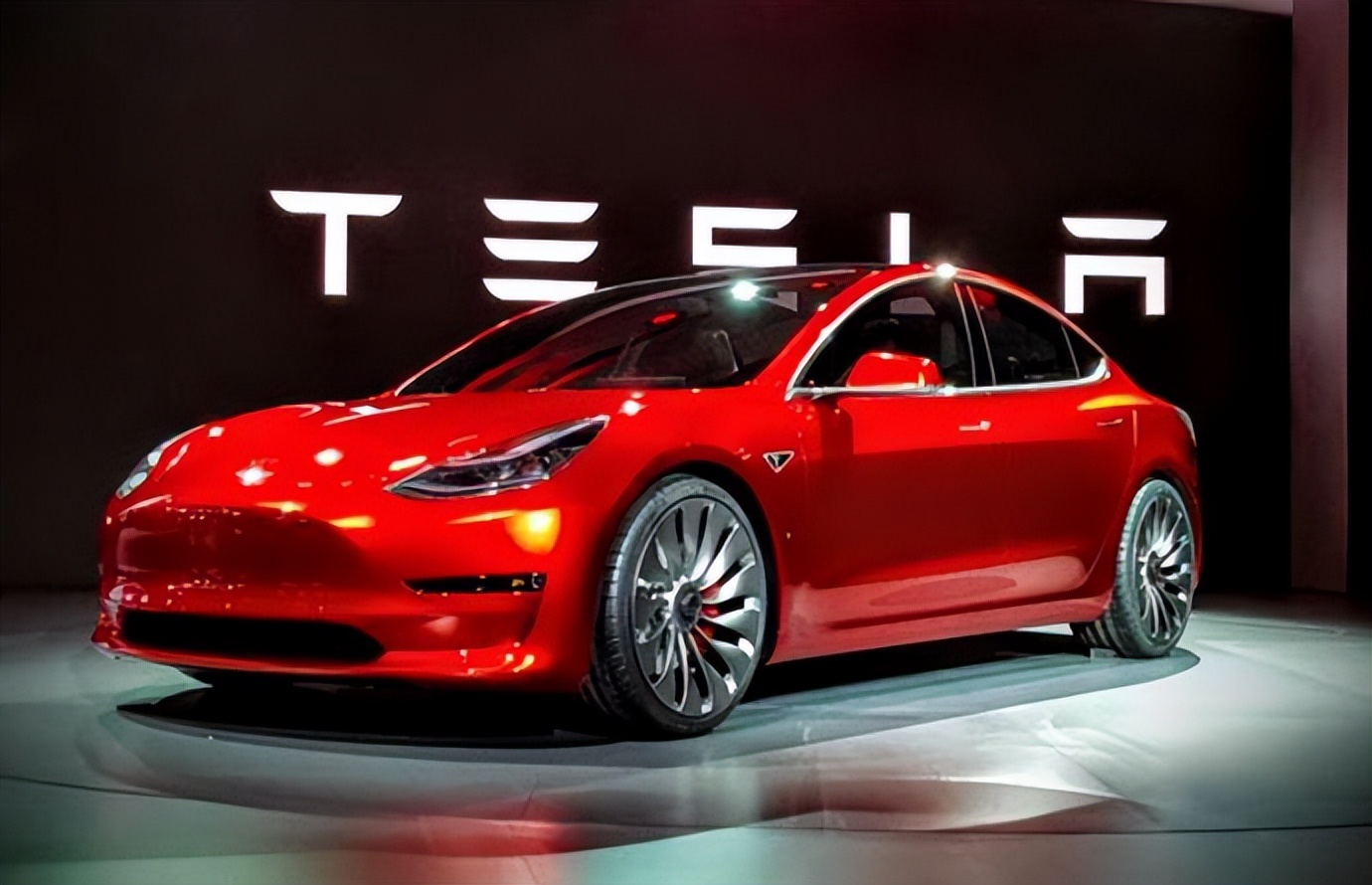China's Auto Industry's Autonomous Driving Evolution: Emulating Tesla's Vision
![]() 03/16 2025
03/16 2025
![]() 563
563
Recently, Xpeng, a leading representative of China's burgeoning automotive industry, unveiled its latest flagship model, the G9.
This vehicle showcases a notable advancement: its autonomous driving capabilities have undergone a significant transformation. All variants have ditched LiDAR in favor of a sophisticated setup comprising 11 cameras, 3 millimeter-wave radars, and 12 ultrasonic radars, powered by dual NVIDIA Orin-X chips (boasting 508 TOPS of computing power).
Xpeng terms this innovative approach Turing AI Intelligent Driving.

Upon witnessing this camera-centric strategy, does a familiar scenario come to mind? Isn't this reminiscent of Tesla's approach?
Initially, when Tesla transitioned to a camera-only setup and eliminated LiDAR last year, domestic netizens and automotive companies expressed skepticism, arguing that LiDAR-based systems were far more reliable than camera-based ones.
They contended that cameras struggle with obstacle distance judgment and perform poorly in low-light conditions. Conversely, LiDAR does not face these challenges and offers distinct advantages, making it the superior choice for autonomous vehicles.

Surprisingly, Xpeng, now a pioneer in China's autonomous driving sector, has also embraced the LiDAR-less path.
In fact, Xpeng is not alone. Huawei has previously introduced a pure vision autonomous driving solution, and other automotive companies are swiftly following suit. Industry analysts predict that in the future, an increasing number of vehicles will adopt the camera-centric approach, while the use of LiDAR will decline.
It is evident that Chinese automotive companies are converging on a similar trajectory in autonomous driving technology: initially criticizing Tesla, then learning from it, and ultimately aiming to become the next Tesla.

Why is this trend unfolding? The reason is straightforward.
Previously, LiDAR was essential due to the limitations of autonomous driving algorithms. With LiDAR, the algorithm could be relatively simpler, thus utilizing powerful hardware to compensate for algorithmic shortcomings, despite the higher cost of LiDAR.
However, in the current era of AI, algorithms have become less daunting thanks to various large AI models. Additionally, as cameras continue to advance and ISP functions are enhanced, they can now capture information in dark environments. Furthermore, the integration of AI enables them to process obstacle distances effectively.
Consequently, the advantages of LiDAR have been relatively diminished, while the disadvantages of cameras are no longer as pronounced.

Moreover, cameras are significantly cheaper than LiDAR, prompting automakers to follow Tesla's footsteps and gradually shift away from LiDAR towards a camera-only solution.
Of course, this shift does not imply that LiDAR will become obsolete in the future. Different automotive companies will make their own choices, and LiDAR will continue to offer unique advantages, remaining a crucial component in autonomous driving technology.







